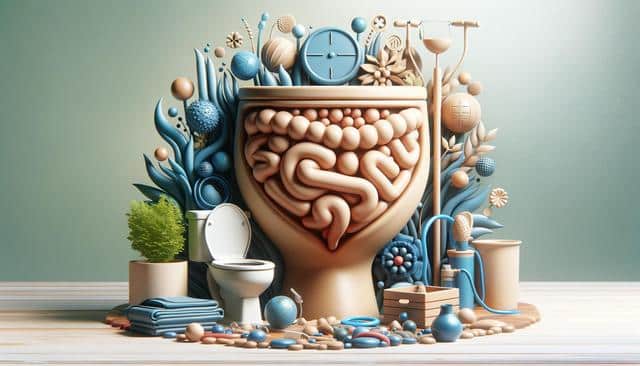Understanding Urinary Incontinence
Urinary incontinence is a common condition that affects millions of people worldwide, often leading to embarrassment and a decrease in quality of life. This condition involves the involuntary loss of bladder control, resulting in accidental leakage of urine. Various factors contribute to urinary incontinence, including age, childbirth, obesity, and certain medical conditions such as diabetes or multiple sclerosis. Although surgery and medication can provide effective solutions, incorporating natural remedies and lifestyle changes can also play a significant role in managing symptoms. In this blog, we explore holistic approaches to alleviate urinary incontinence, focusing on diet, lifestyle, and alternative therapies.
The Role of Diet in Managing Symptoms
Your diet can significantly impact your bladder health, and certain foods can exacerbate or alleviate urinary incontinence symptoms. To support bladder function and reduce symptoms, consider incorporating the following foods into your diet:
- Fiber-rich foods: Consuming whole grains, fruits, and vegetables can help prevent constipation, which can put pressure on the bladder.
- Water-rich foods: Foods like cucumbers, watermelon, and celery help keep you hydrated without overloading your bladder.
- Magnesium-rich foods: Nuts, seeds, and legumes contain magnesium, which supports muscle and nerve function.
- Vitamin D sources: Fatty fish and fortified foods can help improve pelvic floor muscle strength.
- Cranberries: Known for their urinary tract benefits, cranberries may help prevent bladder infections.
Avoiding foods that irritate the bladder is equally important. Try to limit alcohol, caffeine, spicy foods, and artificial sweeteners as these can aggravate symptoms.
Lifestyle Changes to Support Bladder Health
Making strategic lifestyle changes can complement dietary adjustments and contribute to better bladder control. Consider these practical tips:
- Maintain a healthy weight: Excess body weight can increase abdominal pressure, worsening incontinence symptoms.
- Exercise regularly: Incorporating low-impact exercises, such as walking or swimming, can help strengthen pelvic and core muscles.
- Practice timed voiding: Scheduling bathroom visits can help train the bladder and reduce the frequency of leaks.
- Strengthen pelvic muscles: Pelvic floor exercises, known as Kegels, can improve muscle tone and support bladder control.
By integrating these lifestyle changes into your daily routine, you can enhance the effectiveness of other treatments and achieve better bladder control.
Exploring Alternative Therapies
In addition to conventional treatments, several alternative therapies have shown promise in managing urinary incontinence. Acupuncture, for example, may help by targeting specific points to balance energy flow and improve bladder function. Another option is biofeedback therapy, which utilizes monitoring devices to teach patients how to control pelvic floor muscles effectively. Additionally, yoga and tai chi can improve overall body awareness and muscle tone, supporting bladder health. Always consult with a healthcare professional before starting any alternative therapy to ensure it complements your current treatment plan.
Conclusion: Taking Control of Your Health
Urinary incontinence can be a challenging condition, but with the right combination of dietary changes, lifestyle adjustments, and alternative treatments, managing symptoms effectively is within reach. By maintaining a balanced diet, engaging in regular physical activity, and exploring alternative therapies, individuals can achieve better bladder control and improve their quality of life. It is essential to consult with healthcare providers to develop a comprehensive plan tailored to individual needs, ensuring the best possible outcomes in managing urinary incontinence.
